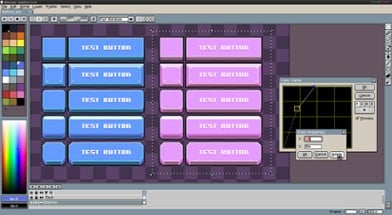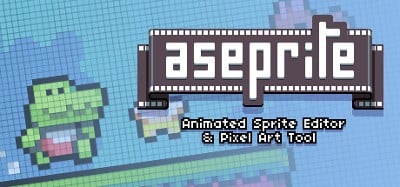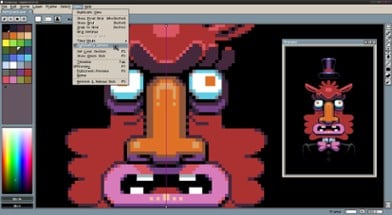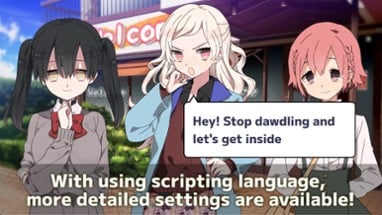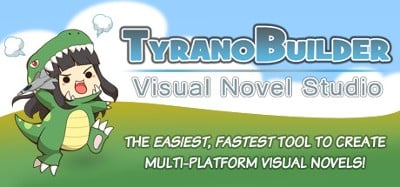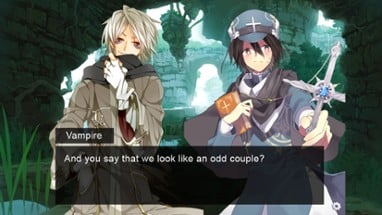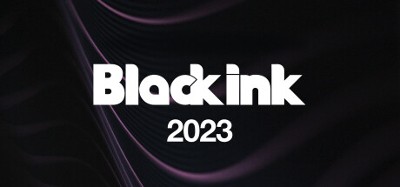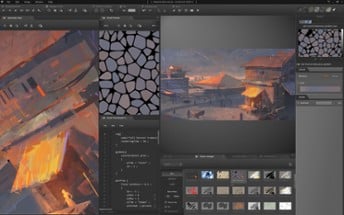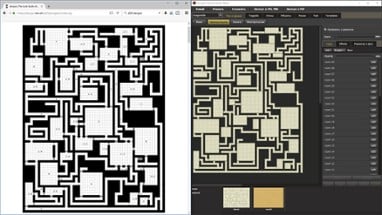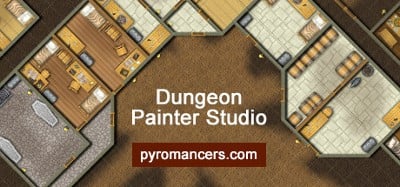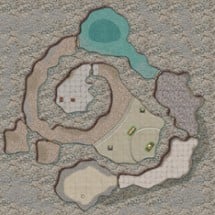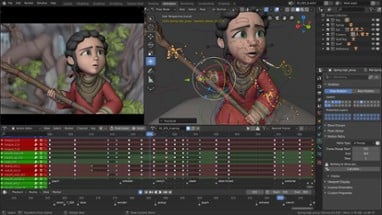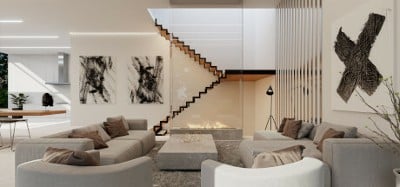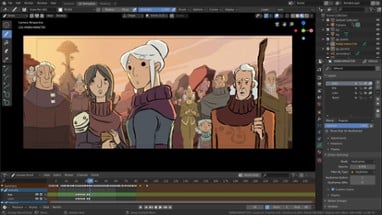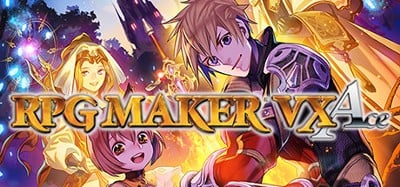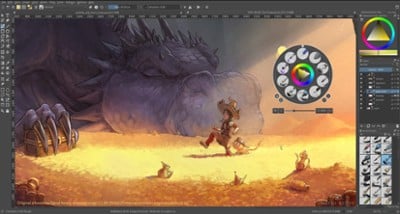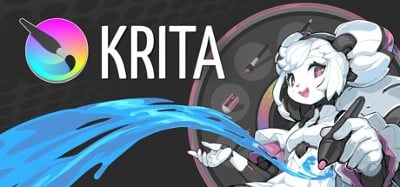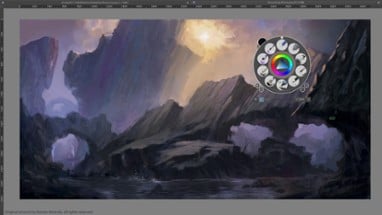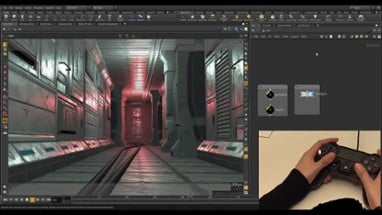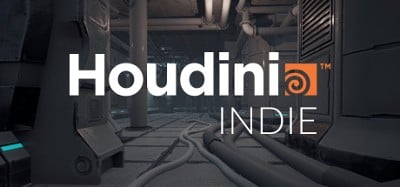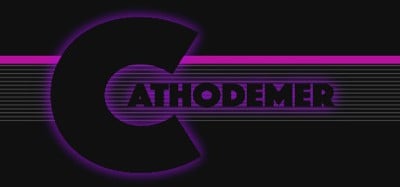JWildfire
- October 30, 2020
- Andreas Maschke
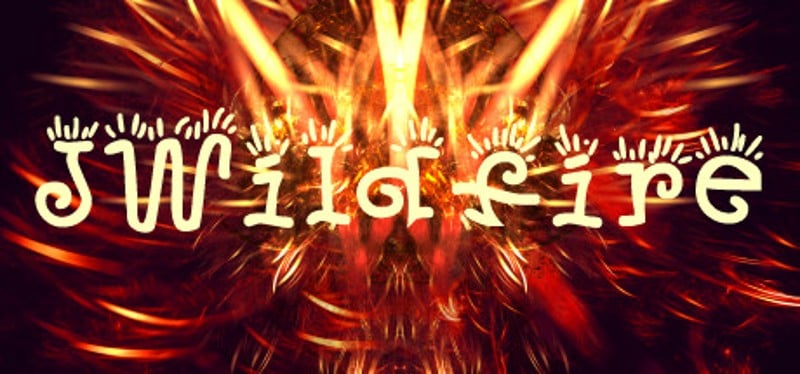
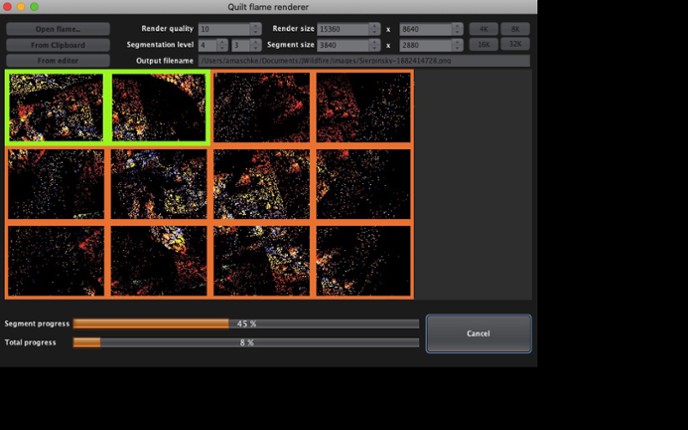
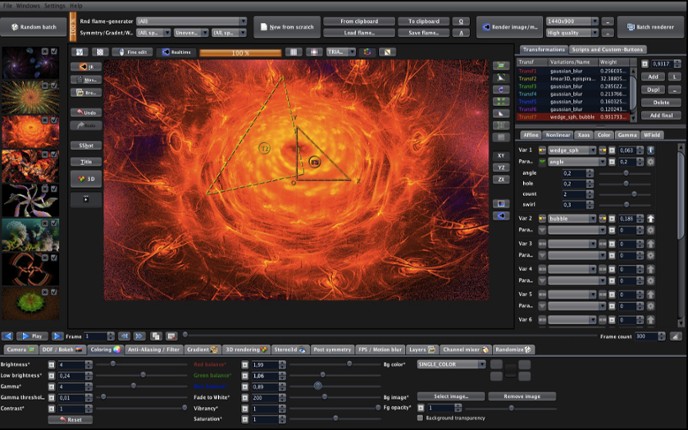
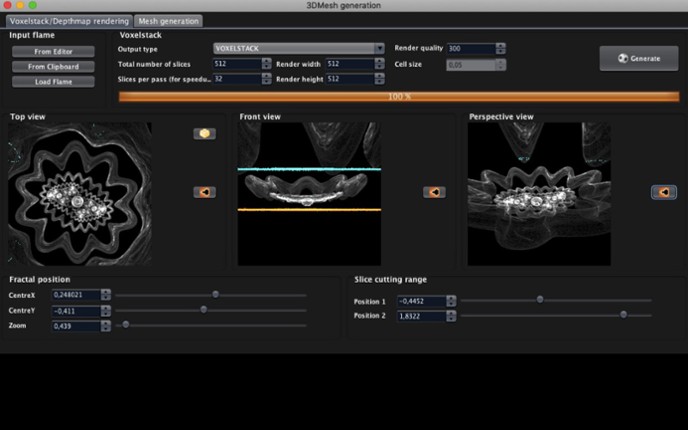
JWildfire is a powerful flame fractal generator with a versatile editor, featuring over 800 variations, random-flame generators, and sub-modules for creating mutations. Its interactive renderer, sound-synchronized animation, and Java-based scripting interface offer an engaging and creative experience for exploring fractal art. JWildfire has been continuously improved upon for the past 10 years, ensuring a cutting-edge fractal design tool.
Reviews
- JWildfire is an incredibly powerful and versatile fractal generator, offering endless possibilities for creativity and customization.
- The user interface is intuitive and well-designed, making it accessible for both beginners and experienced artists.
- The software has a strong support community and a wealth of online resources, including tutorials and example flames, enhancing the user experience.
- The program can be CPU intensive, leading to performance issues and high resource usage during rendering, especially with GPU support still being limited.
- There are reported bugs with the user interface, including freezing and unresponsiveness, which can lead to lost work.
- Some users have expressed frustration with the lack of certain features, such as more export options for batch rendering and issues with color previews.
- graphics20 mentions
- 60 % positive mentions
- 25 % neutral mentions
- 15 % negative mentions
The graphics in Jwildfire are highly praised for their stunning quality and the ability to create intricate and beautiful artwork, particularly psychedelic visuals. Users appreciate the program's intuitive yet complex interface, which offers a wealth of advanced settings for fine-tuning designs, although some express disappointment over the lack of GPU support. Overall, it is regarded as a powerful tool for both beginners and experts in graphic generation.
“It's a program for creating amazing graphical images and animations based on flames and scripts, with a strong support community and a wealth of free online resources.”
“I enjoy exploring the amazing graphic possibilities JWildfire offers; it is intuitive, yet complex.”
“This program makes absolutely beautiful artwork.”
“I just can't get over how a graphic generating program is not able to utilize a GPU!”
“Seems like a lot of advanced settings also if you want to fine-tune your artwork in more detail.”
“And for experts, it has so many features for adjusting details and improving your artwork - you need years to master it.”
- stability4 mentions
- 0 % positive mentions
- 0 % neutral mentions
- 100 % negative mentions
Users report that the software experiences frequent UI freezes, becoming unresponsive at times, even when not rendering. Additionally, color previews and animation mirroring can be buggy, though these issues are generally fixable in After Effects.
“UI freezes too often, becoming completely unresponsive until killed (and it wasn't even when rendering).”
“Color previews can be buggy, as well as some bugs with animations mirroring the wrong way, but nothing you can't easily fix in After Effects.”
- optimization2 mentions
- 50 % positive mentions
- 0 % neutral mentions
- 50 % negative mentions
Users recommend utilizing Process Hacker to optimize performance by adjusting CPU affinity to 80-90% and disabling certain cores, which helps prevent excessive CPU usage. This method has been noted as a practical solution for improving game performance.
“Pro tip for performance: use Process Hacker to set CPU affinity to 80% to 90% by disabling cores, and save so it doesn't eat up your CPU.”
“Pro tip for performance: use Process Hacker to set CPU affinity to 80% to 90% by disabling cores and save so it doesn't eat up your CPU.”
